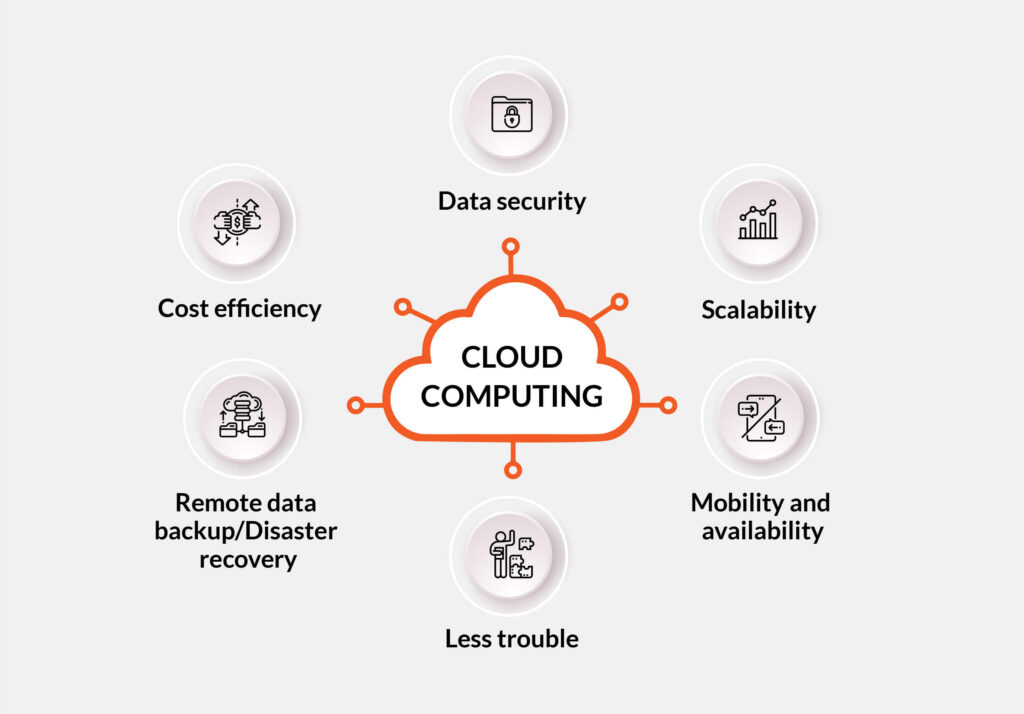Cloud-based microlearning is a valuable approach that delivers short, targeted training modules through the cloud, catering to the dynamic work settings of today. It offers easy and flexible access to learning materials, making it an ideal choice for remote workers. In this article, we will delve into the significance of cloud-based microlearning and highlight some of the best platforms to kickstart your learning journey.
### Key takeaways
– Cloud-based microlearning provides short, focused educational content to boost engagement and knowledge retention, especially beneficial for remote workers.
– Advantages include accessibility across multiple devices, cost-effectiveness, and scalability, leading to enhanced participant performance and increased training ROI.
– Emerging technologies like AI, VR, and xAPI are reshaping microlearning, enabling personalized experiences and improved tracking of learner progress.
### Understanding cloud-based microlearning
Cloud-based microlearning involves breaking down topics into short, standalone units, delivering educational content in concise, bite-sized modules, each targeting specific learning objectives. This approach addresses shrinking attention spans and enhances retention by focusing on single topics. Key features include accessible mobile learning, just-in-time knowledge acquisition, and the use of various media formats like videos and quizzes, tailored to the needs of remote workers.
In today’s fast-paced digital landscape, cloud-based microlearning supports continuous learning and readies the workforce for rapid business changes. As organizations adapt to remote work environments, the flexibility and effectiveness of cloud-based microlearning become increasingly relevant for global teams.
### Key advantages of cloud-based microlearning
One of the primary advantages of cloud-based microlearning is accessibility, allowing learners to access content on different devices, leading to increased participation and completion rates. Cloud-based learning management systems offer scalability, user-friendliness, and cost-effectiveness, resulting in a higher ROI compared to traditional methods. Leveraging the spacing effect and the forgetting curve, microlearning enhances knowledge retention by providing repeated exposure to content over time, boosting retention and performance by up to 20%.
Moreover, cloud-based microlearning offers accessibility from any location, scalability, and cost-effectiveness, making it an ideal solution for modern training needs.
### Leading cloud-based microlearning platforms
Several leading platforms like TalentLMS, Seismic Learning, and Edapp cater to modern training needs, offering features such as course creation, user management, and reporting tools. Platforms like Headway, Spekit, Axonify, and EduMe are tailored to support organizations in enhancing their learning and development initiatives effectively.
#### Headway
Headway is an innovative cloud-based microlearning platform designed to help professionals and lifelong learners acquire new skills and knowledge through bite-sized content. With a vast library of book summaries, personalized learning paths, and gamification elements, Headway provides a valuable resource for continuous improvement.
#### Spekit
Spekit offers just-in-time enablement software to help employees learn within their daily tools, promoting effective learning and enhancing technical skills, especially beneficial for sales teams.
#### Axonify
Axonify focuses on improving employee performance through targeted learning, utilizing gamification and personalized learning paths to enhance user knowledge retention and engagement.
#### EduMe
EduMe is a mobile-based microlearning platform catering to global companies, supporting various content formats and integrating microlearning modules into existing workflows for continuous skill development.
### Transforming learning experiences
Microlearning enhances knowledge retention by breaking down complex information into manageable pieces, significantly increasing engagement compared to traditional methods. Interactive elements and social learning opportunities transform learning into a more engaging and effective process, improving knowledge retention and learner engagement.
### Practical implementation tips
Successfully integrating cloud-based microlearning into existing training programs requires resource assessment, budget evaluation, and compatibility with existing systems. Integrating mobile-friendly content and interactive tools can enhance engagement and streamline onboarding, saving time and resources while boosting productivity.
### Overcoming adoption challenges
Data privacy and security concerns, along with resistance to change, can pose challenges to adopting cloud-based microlearning. Clear communication about the benefits and alignment with organizational goals, along with proper staff training, can help overcome these challenges.
### Aligning microlearning with organizational goals
Microlearning should support broader organizational objectives like improving employee retention and aligning learning strategies with company goals. Establishing metrics and KPIs is crucial for measuring the impact of microlearning platforms on employee development.
### Emerging trends and innovations
AI integration, personalized learning paths, VR, AR, and mobile optimization are shaping the future of microlearning, providing more personalized, engaging, and effective learning experiences.
### Case studies and success stories
Organizations like American Tire Distributors have seen significant improvements in knowledge retention and job performance through microlearning platforms like Axonify, highlighting the transformative potential of cloud-based microlearning.
### Future of cloud-based microlearning
Cloud-based microlearning represents a fundamental shift in education and training delivery, with emerging trends expected to revolutionize learning in the future. As technologies evolve, microlearning platforms will become more personalized, engaging, and effective, continuously developing the workforce in a dynamic environment.
### Summary
Cloud-based microlearning offers improved knowledge retention, increased engagement, and cost-effectiveness, transforming learning experiences and aligning training with organizational goals. Leading platforms like Spekit, Axonify, and EduMe provide unique features to meet various training needs effectively, while emerging trends continue to shape the future of microlearning.
### Frequently Asked Questions
– **What is cloud-based microlearning?**
Cloud-based microlearning involves breaking down complex topics into concise units, delivering accessible and engaging learning experiences through cloud-based platforms.
– **How does cloud-based microlearning enhance knowledge retention?**
By utilizing the spacing effect and the forgetting curve, cloud-based microlearning offers repeated exposure to content, improving retention by up to 20%.
– **What are the key advantages of cloud-based microlearning?**
Accessibility, scalability, and cost-effectiveness are key advantages of cloud-based microlearning, providing flexible and efficient learning experiences.
– **Which are some leading cloud-based microlearning platforms?**
Platforms like Spekit, Axonify, and EduMe offer distinct features to meet various training requirements effectively.
– **What are the emerging trends in cloud-based microlearning?**
AI-driven personalization, integration of VR and AR, and mobile optimization are some emerging trends shaping the future of cloud-based microlearning.



